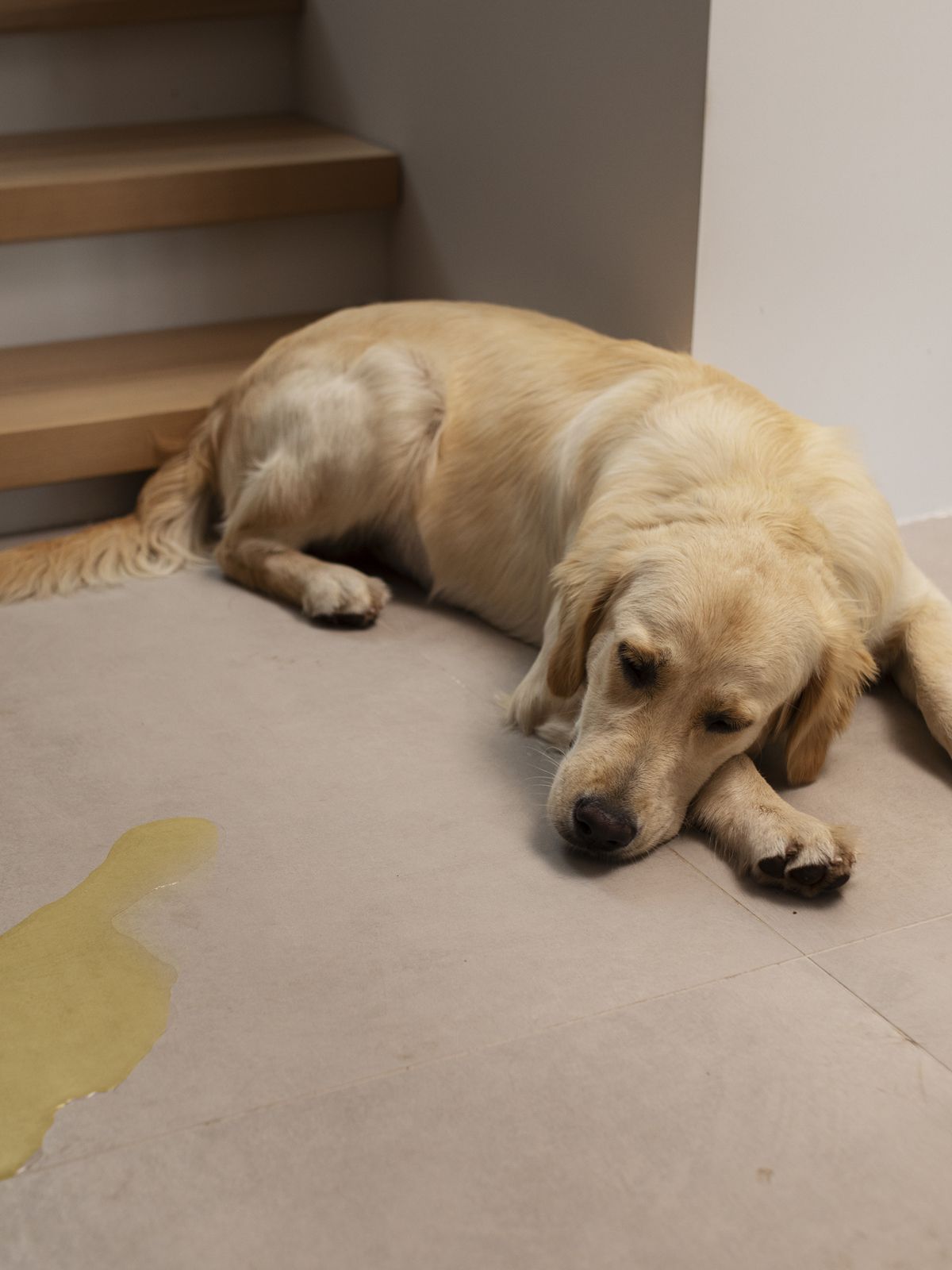
Separation anxiety
Separation anxiety in dogs is a distressing condition where a dog experiences intense stress or panic when separated from their owner or from people they've formed a strong attachment to. This emotional response can manifest in various behaviours, ranging from mild distress to severe anxiety. Understanding the signs, causes, and ways to manage separation anxiety is crucial for dog owners to help their pet to cope better.
Recognising the signs of separation anxiety is the first step. Dogs suffering from this condition might display excessive vocalization, such as persistent barking or howling when left alone. They may also engage in destructive behaviours, like chewing furniture, digging, or scratching doors, in an attempt to escape or alleviate their anxiety. Some dogs might exhibit house soiling, even if they are house-trained, due to the stress of separation.
The causes of separation anxiety can be very complex. It's often associated with major changes or disruptions in a dog's life, such as being rehomed, a change in routine, or the absence of a pack member. Dogs that have experienced trauma, neglect, or lack socialisation might also be prone to developing separation anxiety.
Managing separation anxiety involves a combination of behavioural training, environmental changes, and professional guidance. Gradual desensitisation techniques, where the dog is exposed to short periods of separation and gradually increasing durations, can help them become more accustomed to being alone, unfortunately, this approach will not work with all dogs.
Regular exercise, mental stimulation through interactive toys or puzzles, and positive reinforcement training can reduce stress and keep the dog engaged, potentially decreasing their anxiety when left alone. Equally, depending on the circumstances, these toys, can themselves become triggers for anxiety.
Seeking professional help, such as contacting with a qualified canine behaviourist can provide tailored strategies and interventions.
Patience and consistency are key when addressing separation anxiety in dogs. It is a gradual process, and each dog responds differently to different methods. Understanding that progress might be slow, and setbacks can occur is crucial for both the dog owner and the dog.
separation anxiety is a challenging condition that can significantly impact a dog's well-being and the relationship with its owner. It is one of the hardest behavioural issues to get on top of. However, with patience, understanding, and appropriate interventions, it's possible to help dogs manage their anxiety and lead happier, more content lives. To help resolve your own dogs anxiety issues, contact Back to Balance Canine Behaviourist via the contact form on the website.
Azz Rainey has worked with a large number of dog behavioural issues over the years, including, separation anxiety, destructive behaviour, aggression, reactivity, high prey drive, extreme fear and resource guarding.
Working in Oxfordshire, Gloucester, Swindon and Evesham as well as the surrounding areas to provide one to one sessions with dog owners in their own home
- Hits: 732